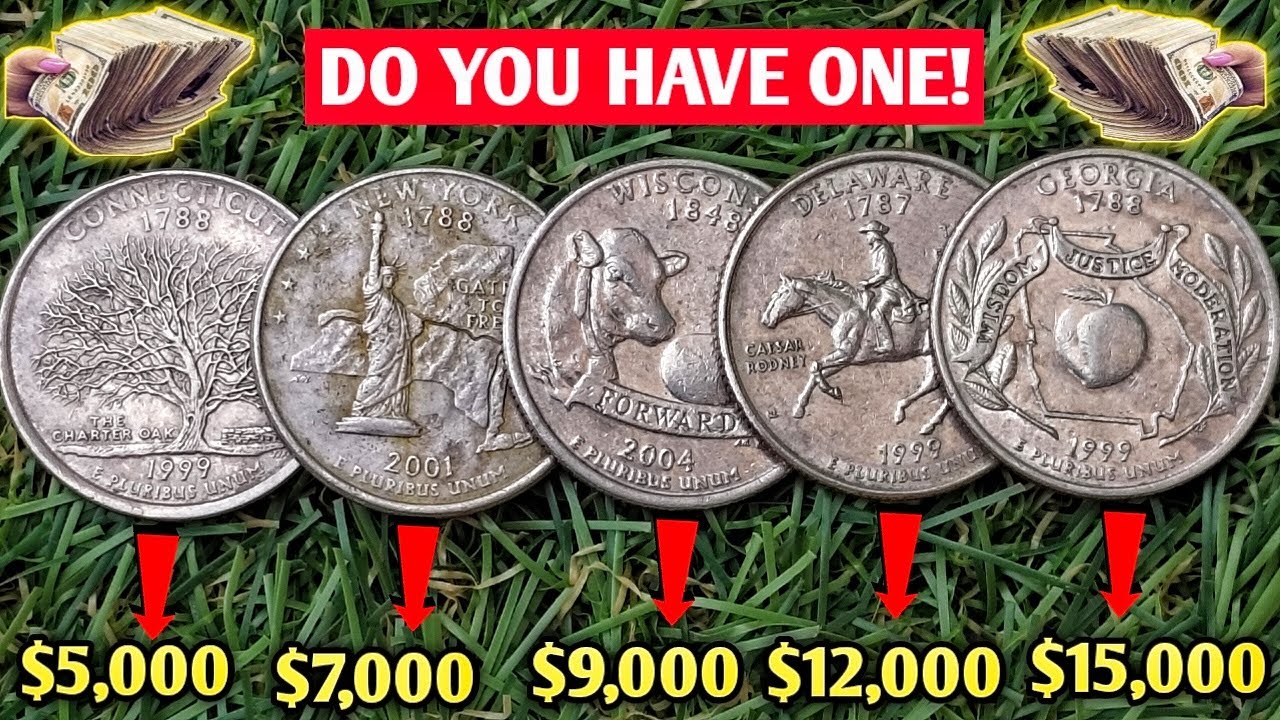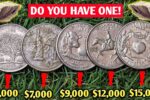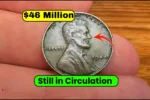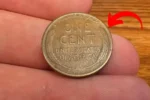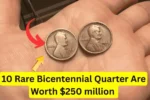9 Rare Washington Quarters Worth $26,000 Each – Are You Holding One?
Most of us think of quarters as just simple 25-cent coins used for vending machines, laundry, or loose change in our pockets. But what if I told you that some of these ordinary-looking coins could actually be worth as much as $26,000 each? That’s right—there are 9 rare Washington quarters currently known to collectors that carry this surprising value, and some of them may still be hiding in everyday circulation.
In this article, we’ll explore the history behind these valuable coins, what makes them so special, and how to identify one if you happen to have it in your change jar. Keep reading to find out whether you might be sitting on a small fortune without even knowing it.
Why Are Some Quarters So Valuable?
Not all quarters are created equal. Some rare ones are worth more due to a combination of low mintage numbers, minting errors, and excellent condition. These special coins usually attract the attention of coin collectors and numismatists (coin experts), which drives their market value up significantly.
Over the years, Washington quarters have had many variations—from metal composition to design changes. Those small differences, often invisible to the average person, are exactly what make certain coins extremely rare and valuable.
Overview Table: 9 Rare Washington Quarters Worth $26,000 Each
| Year | Mint Mark | Special Feature | Estimated Value |
|---|---|---|---|
| 1932-D | D | Low mintage (just 436,800) | $26,000 |
| 1932-S | S | Scarce coin, high collector demand | $25,000–$26,000 |
| 1943-S | S | Doubled die obverse | $24,000–$26,000 |
| 1950-D | D | Full bell lines, rare strike | $22,000–$26,000 |
| 1955 | No Mint | Double die error | $23,000–$26,000 |
| 1964-D | D | Transitional error, silver-clad hybrid | $25,000 |
| 1970-S | S | 1941 Canadian reverse design error | $26,000 |
| 1983-P | P | Reverse die break (spitting eagle) | $20,000–$26,000 |
| 1999-P | P | Delaware state quarter with broadstrike | $24,000–$26,000 |
How to Identify a Rare Washington Quarter
If you’re curious about whether you might own one of these coins, here are the key things to look out for:
-
Mint Marks: Located just behind Washington’s ponytail on the coin’s front side. Look for rare mint marks like “D” (Denver) and “S” (San Francisco).
-
Unusual Designs or Errors: Look closely for things like doubling in the letters or numbers, strange lines, or misaligned images.
-
Coin Year: Certain years are more valuable than others, especially during transitional periods in U.S. minting history.
-
Condition: Coins in uncirculated or near-mint condition are usually worth the most. Even if circulated, a well-preserved coin still has high value.
What Makes These Coins Rare?
-
Low Mintage: Coins like the 1932-D and 1932-S quarters had limited production, making them highly sought after.
-
Minting Errors: Errors like double dies, off-center strikes, or planchet mistakes can make a coin worth thousands.
-
Historical Relevance: Some quarters, such as the 1964-D transitional error, were made during periods of metal composition change, which increases their collectability.
-
Limited Visibility: Many people don’t even know they exist, which keeps these quarters in secret circulation and makes them even more exciting to find.
Where Might You Find These Quarters?
You don’t need to be a professional coin collector to get lucky. These rare quarters have popped up in:
-
Pocket change
-
Old coin jars
-
Inherited coin collections
-
Garage sales or flea markets
-
Rolls of coins from banks
It’s entirely possible that you could have one tucked away without knowing its value.
How to Get Your Coin Appraised
If you suspect that you’ve found a rare Washington quarter, don’t try to clean it or alter it in any way. Instead, follow these steps:
-
Take clear, close-up photos of both sides of the coin.
-
Compare it with online coin catalogues or collector websites.
-
Visit a local coin dealer or numismatist for a professional evaluation.
-
Consider submitting your coin to grading services like PCGS or NGC for an official certificate and valuation.
FAQs: Rare Washington Quarters Worth $26,000
Q1: Is it really possible to find one of these quarters in regular change?
A: Yes, while rare, some of these quarters are still in circulation and have been discovered by everyday people.
Q2: What makes the 1932-D and 1932-S quarters so valuable?
A: They were the first year of the Washington quarter series and had extremely low mintages, making them scarce.
Q3: How can I tell if I have a double die quarter?
A: You’ll usually see doubled letters or numbers on the front of the coin. A magnifying glass or coin microscope can help you spot this.
Q4: Should I clean my coin to improve its appearance?
A: No! Cleaning a coin can reduce its value significantly. Collectors prefer coins in original, unaltered condition.
Q5: Are these coins guaranteed to sell for $26,000?
A: Not always. The value depends on the coin’s condition, rarity, and demand in the collector market, but pristine examples can fetch top prices.
Final Thoughts: Check Before You Spend
Finding one of these rare Washington quarters is a long shot, but it’s not impossible. The next time you receive change or open an old coin jar, take a moment to look a little closer. That seemingly ordinary coin could be a hidden treasure worth thousands of dollars.
You don’t need to be a coin expert to benefit—just a bit of curiosity and attention to detail can go a long way. After all, it’s not every day you can turn 25 cents into $26,000
